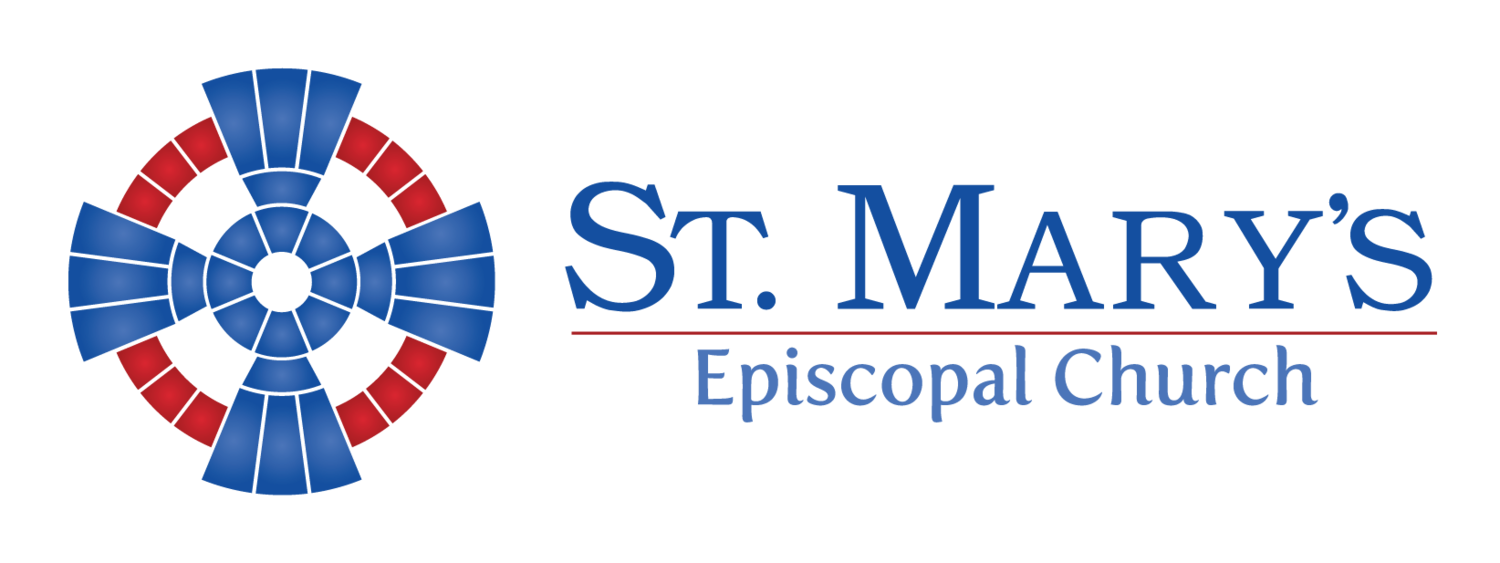This past Thursday was the Feast of the Ascension. Personally, I think the Feast of the Ascension is a vastly underappreciated holiday. Ascension marks that moment forty days after Easter when the disciples gathered with Jesus on the Mount of Olives and they watched him ascend back into heaven. Normally we think of Christmas as being the holiday that is all about the Incarnation, and it is. At Christmas we celebrate God being Incarnate, the person Jesus being born into a manger in Bethlehem. But the Incarnation is not just the birth. It is the entirety of his life, including his birth, including his death, and, yes, including his ascension. The Ascension is the ending of this incarnate journey that Jesus has been on.
One way to try and understand this is by picturing, by imagining God descending down into humanity in his birth, then continuing that descent into his death, and then reversing that on Easter and ascending out of death into life, and here on the Ascension, ascending back to the beginning. This journey is in the shape of a U, or a V, or a parabola, and this parabolic journey is the journey that we have been on since Christmas through Epiphany and Lent and Holy Week and Easter, and now on Ascension, that journey finds its completeness, its wholeness.
One of the important theological things about Ascension is that Christ ascends in his body, not just his spirit. His bodily ascent symbolizes or signifies that Christ is taking humanity back up with him. He came down in humanity at the start of the Incarnation and then takes that humanity back up with him into the Godhead here at the end. He takes humanity back. He takes us back, up to God. Whatever division, whatever rupture there has been between us and God, between humanity and divinity has been erased, bridged, healed in this parabolic journey from Christmas to Ascension.
Today is not the Feast of the Ascension, it is the Sunday after. In this in-between place between Ascension and Pentecost, Jesus has gone, but the Spirit has not yet come down. So what do the disciples do? The Book of Acts tells us that the first thing they do is pray. This is told in the part before today's reading. After they pray, they organize. They get their leadership circle together. There were twelve, now there are eleven--you know that whole story--and it is time to replace Judas. They had a strict criteria on how to go about this. It had to be someone who had been there since the beginning of Jesus's ministry, his baptism. It's a small group, and Matthias gets selected.
This organization of the Apostles is not really about the organization of the Apostles because this organization is going to go away really quickly. The idea that there would be twelve of them and that they would be selected only from those who were there from the beginning of Jesus's ministry--well, the Holy Spirit has other ideas, as the Holy Spirit often does. Apostleship would not be restricted to twelve, and it would not be restricted to those present from the beginning of Jesus ministry, let alone those who had met him in person during his earthly life. This is how we get Paul. This is how we get the church for the next generation.
In one sense this seems like a throw away story. Why does it matter how they organized themselves when that organization would soon change? I think there is something deeper going on in this story. In selecting the replacement for Judas, no matter how short lived it would be, they were trying to repair that which was broken among them. Before the Holy Spirit can come down and empower them to do the work that God wants done, they need repair, healing, wholeness.
All too often we want to skip that part, don't we? We want to keep moving forward and hope that whatever has been in our lives, in our relationships, will take care of itself. Maybe if we ignore it, it will go away. That is true about us as individuals, it is true of us as a church, it is true of us as a wider society. The Disciples knew something was wrong. They did not feel complete so they needed to do something to make themselves whole again. They took the time during these ten days to do that, to pray, to figure out the problem, and to right it.
This week is a good time to do that in our own lives as well. Take these ten days, seven days now, between Ascension and Pentecost to pray, and to look inside of ourselves, and to look around ourselves to try and figure out what is broken. What in our lives, what in the world around us is in need of repair, what is not whole, and then try to heal it. To heal those ruptures in our lives and in this world just as Jesus healed the rupture between us and God in his Incarnation, the fullness of his Incarnation from his birth to his ascension.
AMEN







